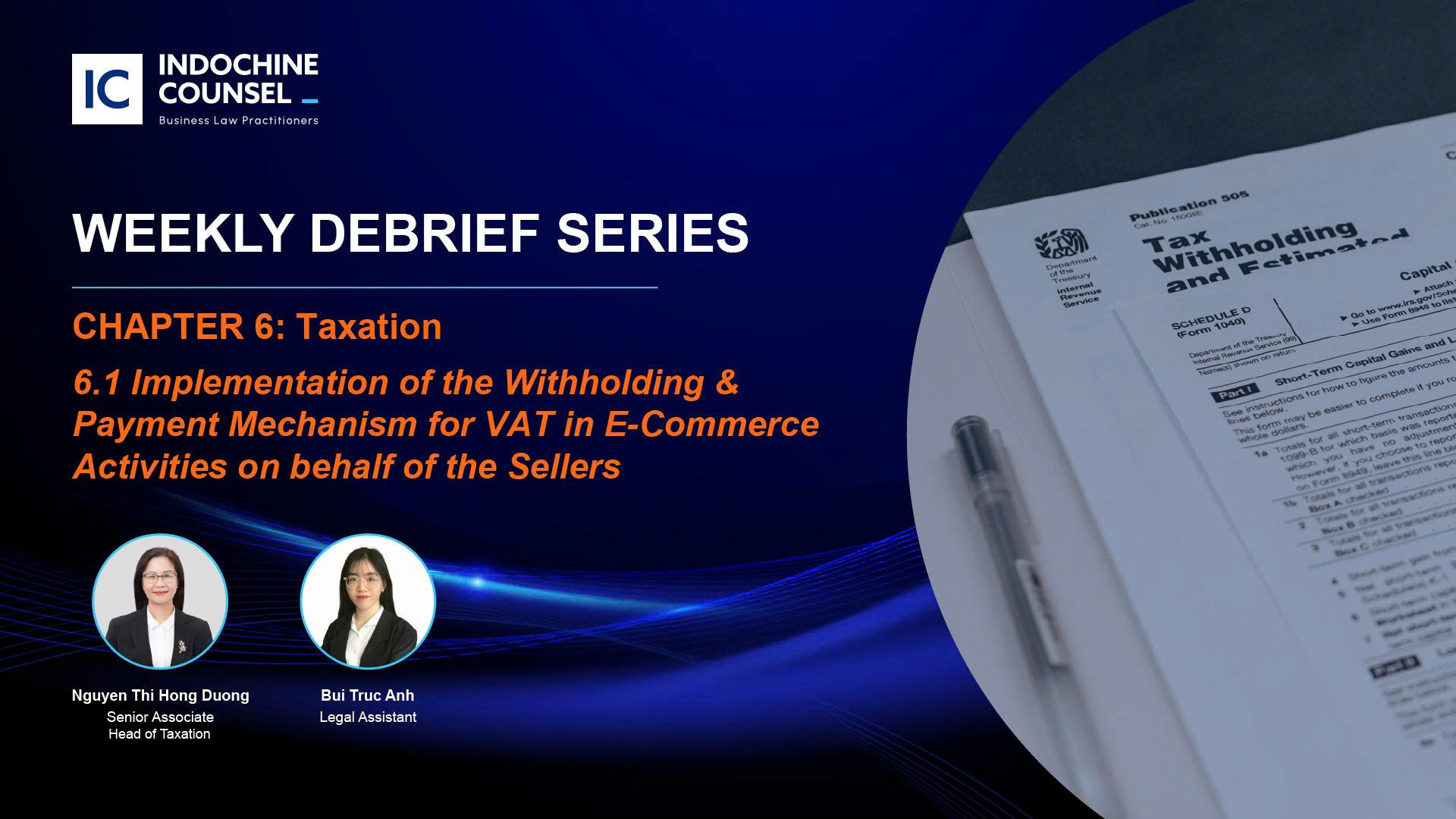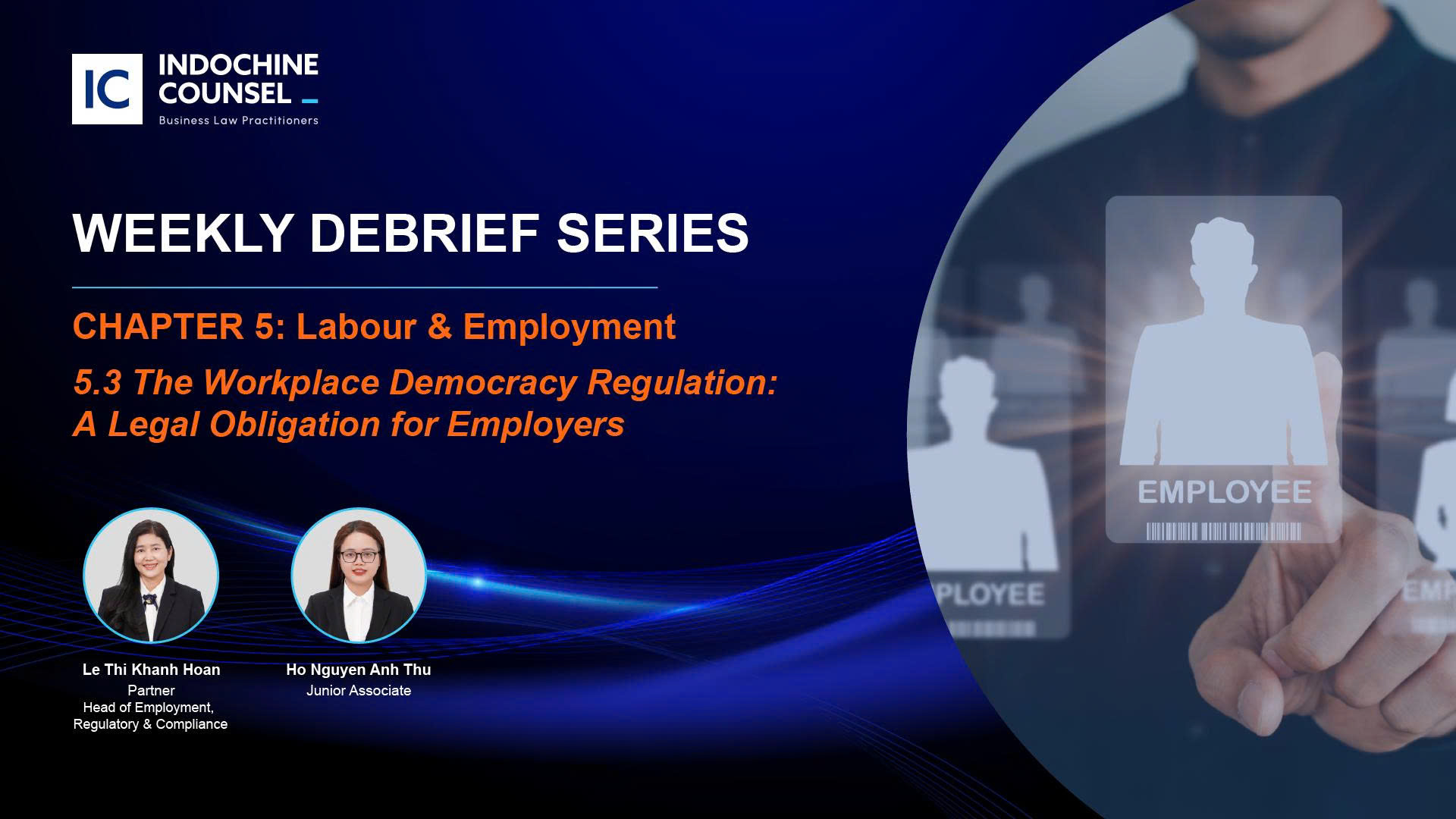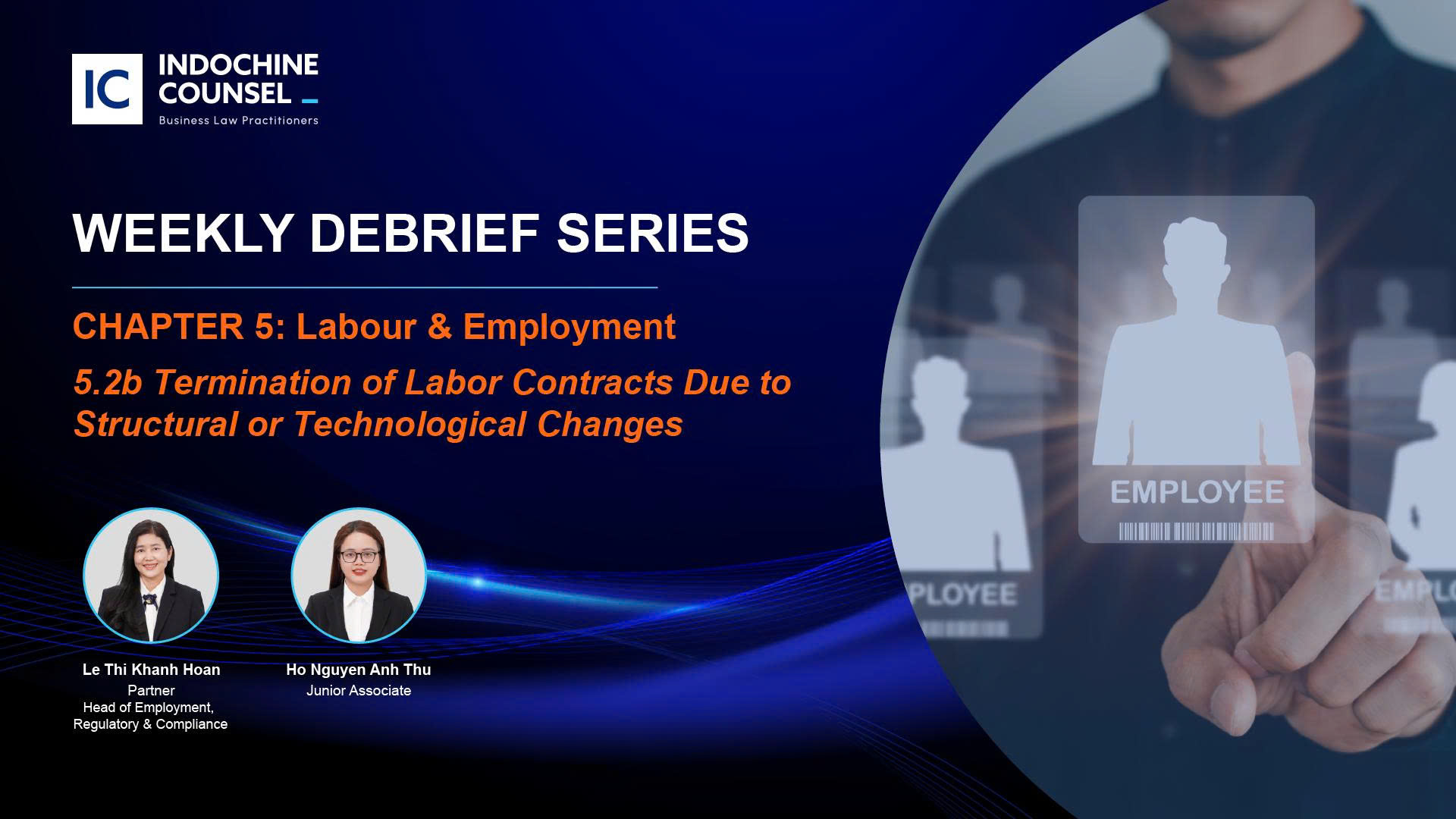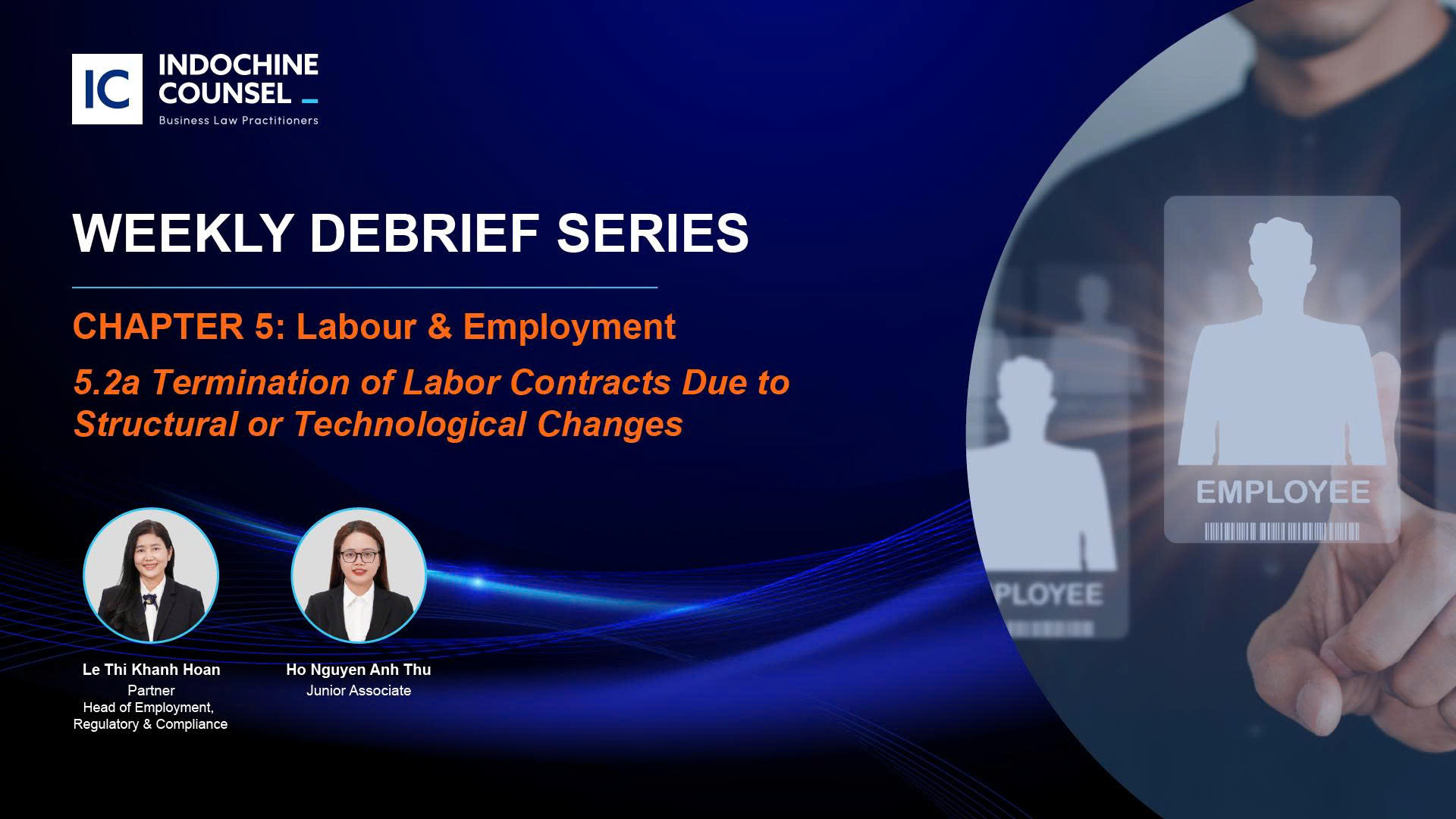
Ho Chi Minh City, 17 June 2025
The dismissal of employees for actions that cause or threaten significant damage to an employer’s interests is one of the most challenging aspects of labor management. While the Labor Code allows for such dismissals, the lack of clear regulations often leaves employers navigating murky waters, risking disputes and legal challenges.
Under the Labor Code, dismissal can be enacted if an employee causes serious damage or threatens to cause particularly severe harm to the employer’s assets or reputation. However, employers often face complexities in applying these provisions.
Key Challenges in Applying Dismissal Provisions:
Lack of Specific Regulations on Damage Levels
The Labor Code and its guiding documents do not explicitly define what constitutes “serious damage” or a “threat to cause particularly serious damage.” While this provides employers with flexibility in defining damage levels and specific violations based on their operational needs, it also creates challenges in justifying the legality of dismissal decisions.
Without clear definitions in the company’s internal labor regulations (“ILRs”), the employer may face
(i) legal challenges leading to reinstatement of dismissed employee;
(ii) compensation liabilities, including remedies for unlawful termination and payment of full salary for the period the employee was out of work if the dismissal decision is deemed unjustified;
(iii) reputational harm, effecting the employer standing in the labor market.
Strategies to Mitigate Legal Risks
To safeguard their interests and ensure compliance, employers can adopt the following recommendations:
- Quantify damage levels in the ILRs: The ILRs should explicitly define thresholds for “serious damage” and “particularly serious damage” in monetary terms. Typically, damage levels may be used as benchmarks, such as regional minimum wages, to establish reasonable standards.
- Specify types of violations: Employers should clearly identify which actions are considered to cause serious damage or threaten significant serious damage. Threats of significant serious damage, while not yet resulting in actual harm, have the potential to cause substantial loss. Industry-specific examples include
(i) in manufacturing: Smoking in high-risk flammable areas, or
(ii) in technology: Intentionally deleting or stealing critical company data.
- Ensure reasonable criteria: Based on practical advisory experience, three conditions should be met when determining damage levels in the ILRs:
(1) The financial threshold for damage should be reasonable,
(2) The severity of the damage should align with the employer’s actual situation, including its industry, business model, and scale,
(3) Employers should consult with employee representative organizations (if any) to ensure that the regulations are well-balanced and reasonable.
By proactively establishing clear and comprehensive ILRs, employers can protect their interests and mitigate legal risks. While these regulations provide a framework for enforcement, in the event of a dispute, authorities will assess their reasonableness along with other relevant factors.
—–
Seeking consultation or advice on labor regulations, contact our team via info@indochinecounsel.com or +84 28 3823 9640









